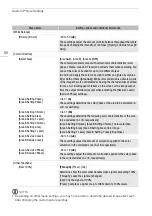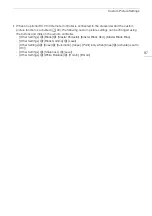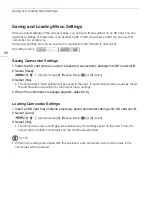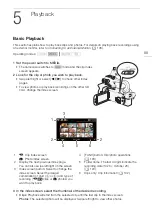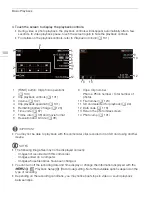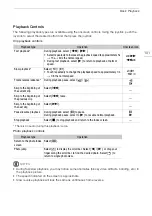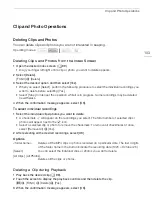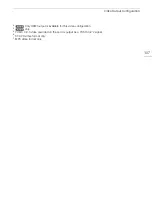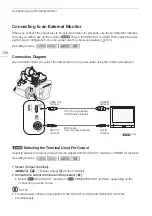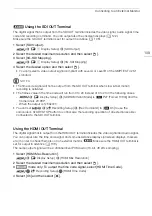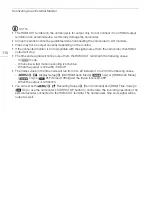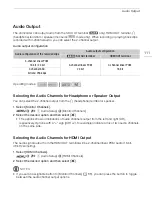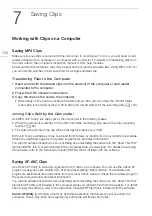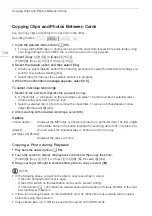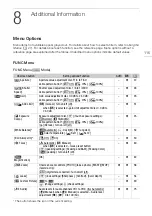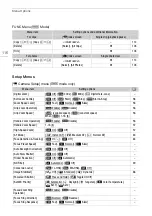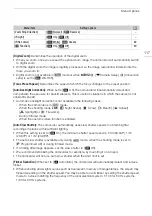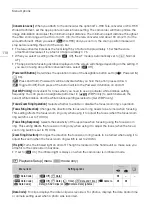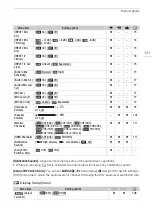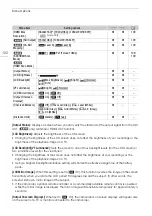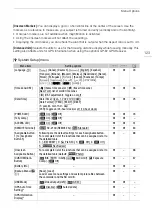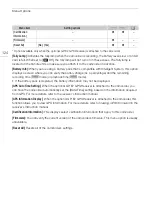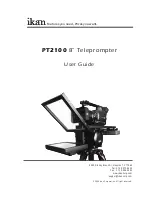
Connecting to an External Monitor
109
Using the SDI OUT Terminal
The digital signal that is output from the SDI OUT terminal includes the video signal, audio signal, time
code and recording command. You can output also the onscreen displays (
A
Make sure the SDI OUT terminal is set for output in advance (
A
1 Select [SDI Output].
>
[
£ !
Display Setup]
>
[SDI Output]
2 Select the desired maximum resolution and then select [
L
].
3 Select [3G-SDI Mapping].
>
[
£ !
Display Setup]
>
[3G-SDI Mapping]
4 Select the desired option and then select [
L
].
• You can select a video output signal compliant with Level A or Level B of the SMPTE ST 425-1
standard.
NOTES
• The time code signal will not be output from the SDI OUT terminal when slow & fast motion
recording is activated.
• The frames value in the time code will run from 0 to 29 instead of 0 to 23 in the following cases.
-
>
[
£
Display Setup]
>
[SDI/HDMI Scan Mode] is [
PsF (Forced 1080i)] and the
frame rate is 23.98P.
- When the output is 1280x720.
• You can set
>
[
3
Recording Setup]
>
[Rec Command] to [
i
On] to use the
camcorder’s START/STOP button to control also the recording operation of an external recorder
connected to the SDI OUT terminal.
Using the HDMI OUT Terminal
The digital signal that is output from the HDMI OUT terminal includes the video signal and audio signal.
You can output also the time code signal and some assistance displays (onscreen displays, markers,
etc.) in order to check them also on an external monitor.
Make sure the HDMI OUT terminal is
set for output in advance (
A
The audio output signal will be 2-channel linear PCM audio (16-bit, 48 kHz sampling).
1 Select [HDMI Max Resolution].
>
[
£
Display Setup]
>
[HDMI Max Resolution]
2 Select the desired maximum resolution and then select
[
L
]
.
3
mode only: To output the time code signal, select [HDMI Time Code].
>
[
3
Recording Setup]
>
[HDMI Time Code]
4 Select [On] and then select [
X
].


